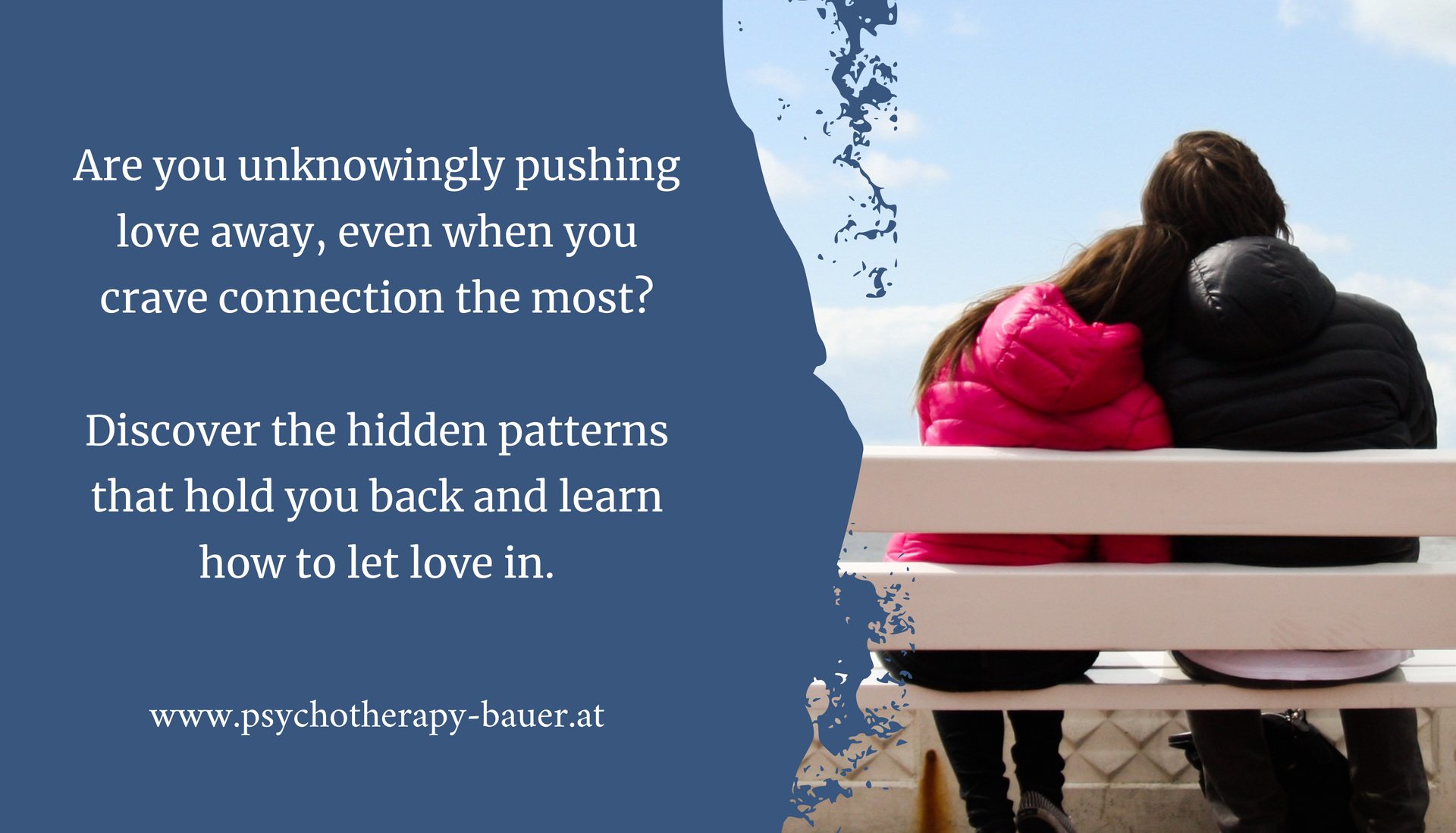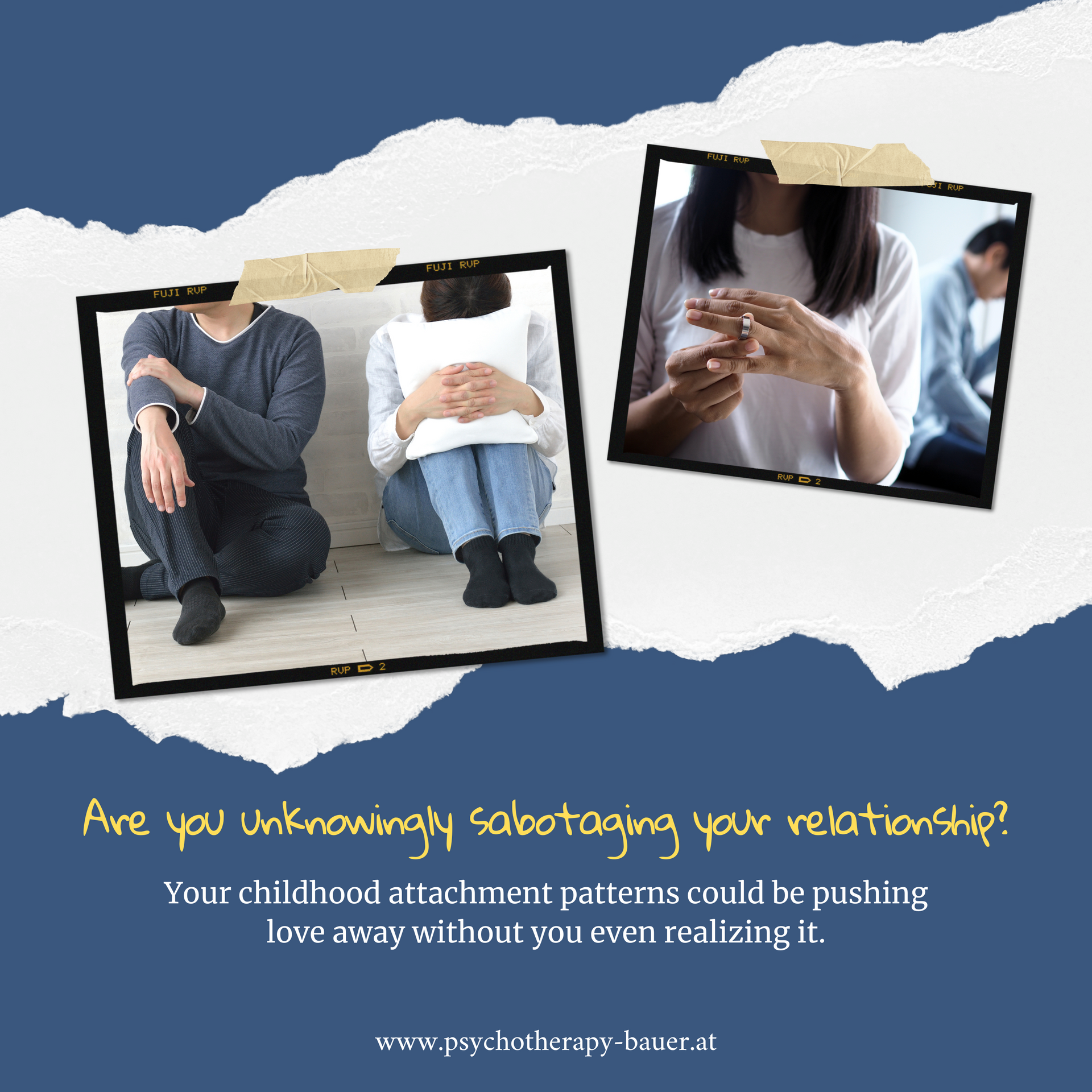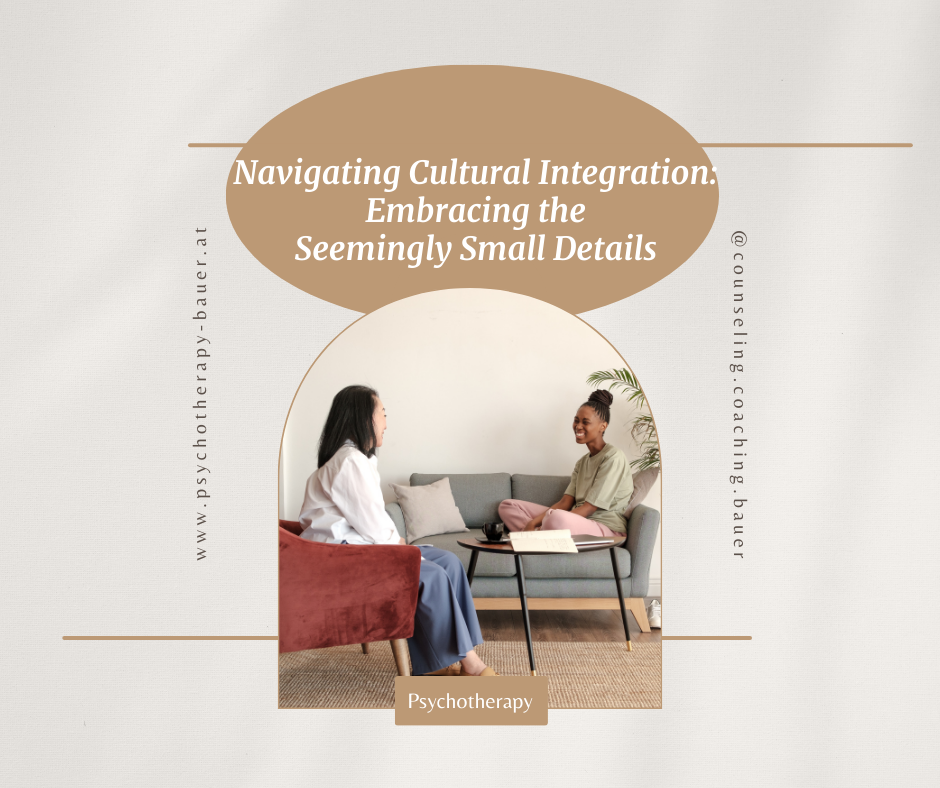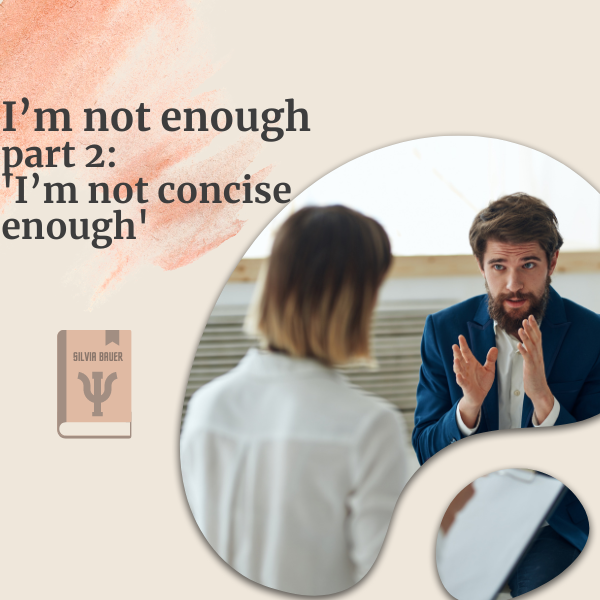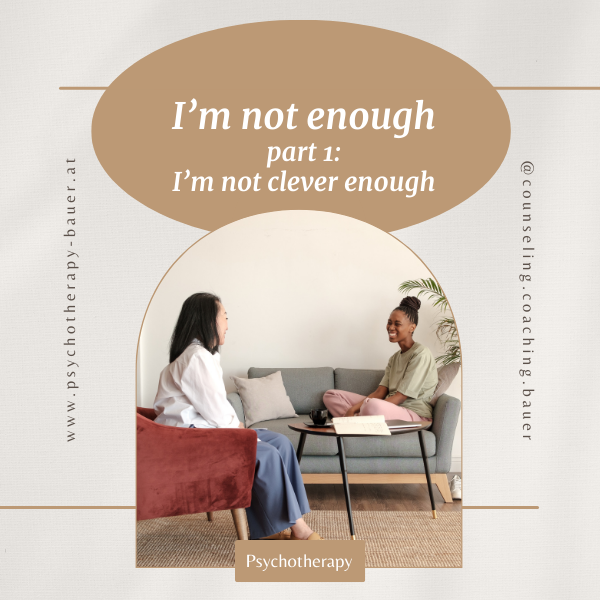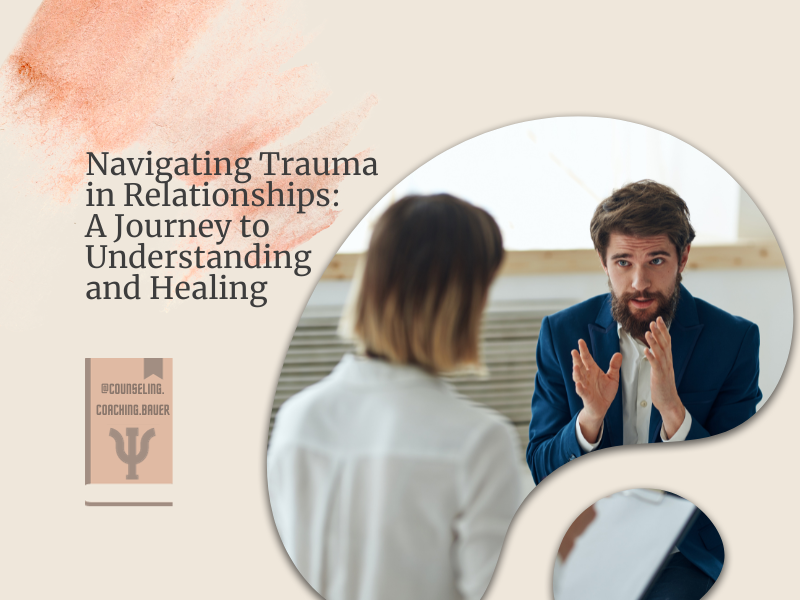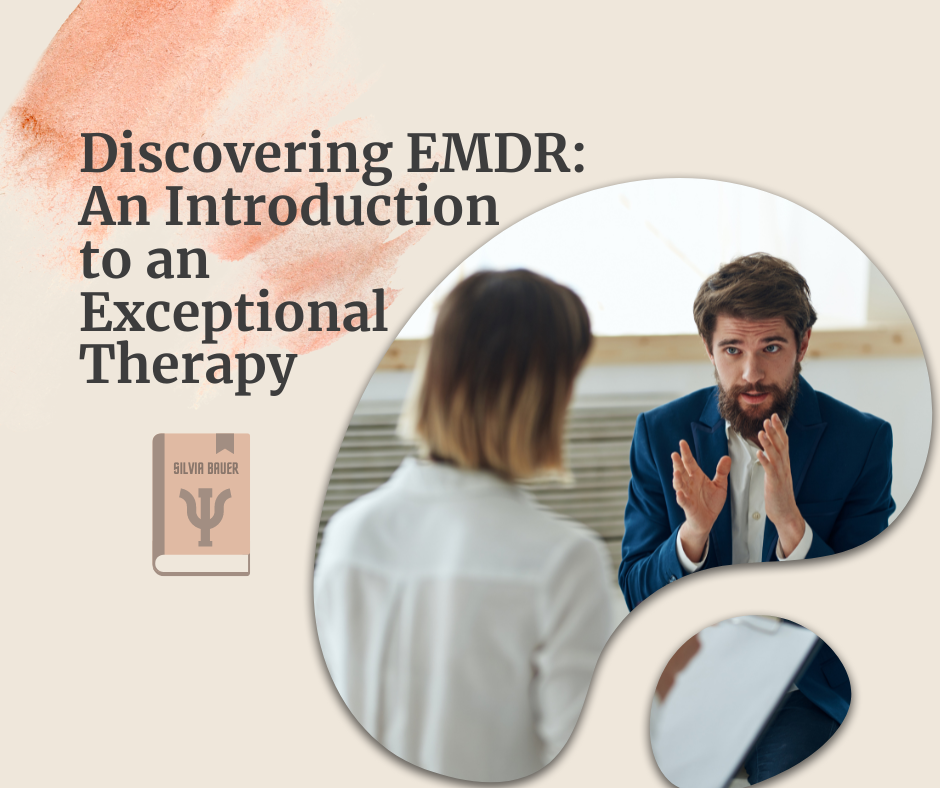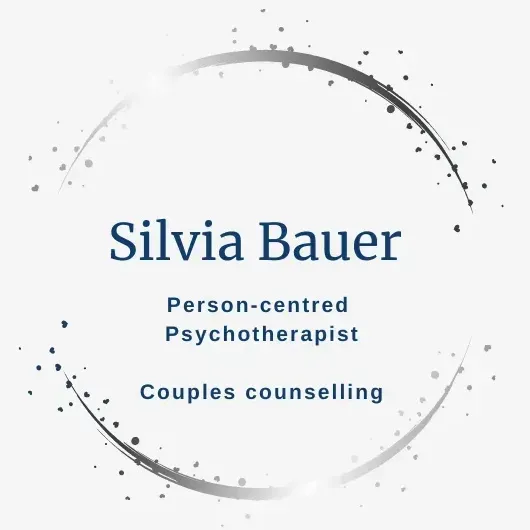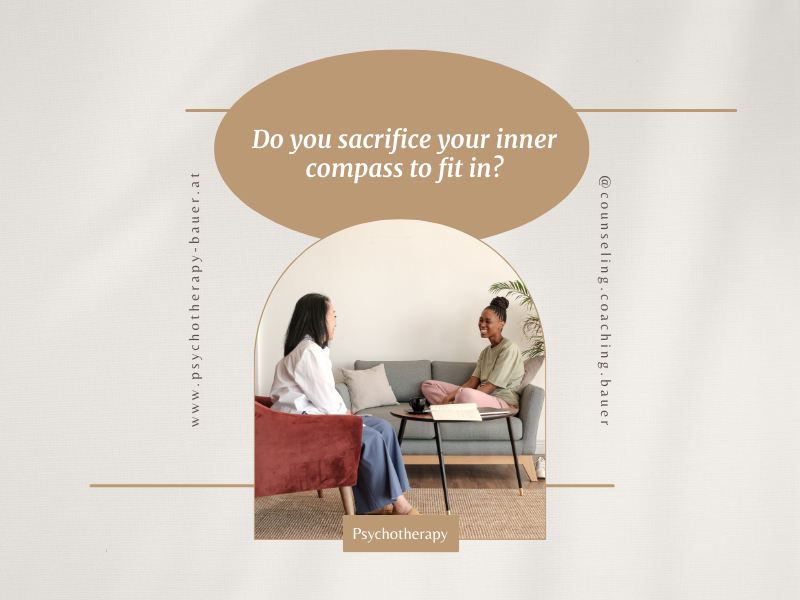From Frustration to Intimacy: The Journey through Emotions in Relationships
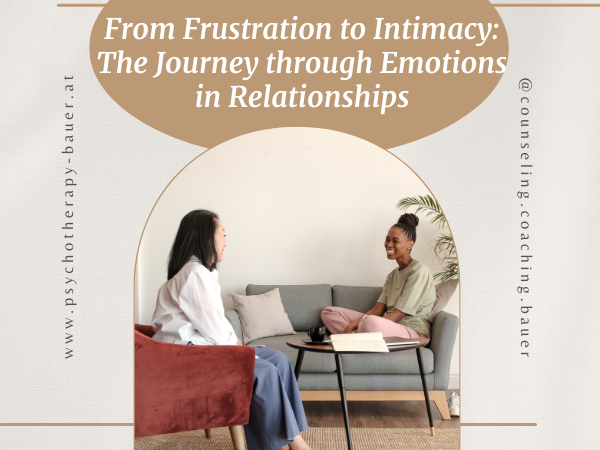
The Dance of Attachment and Exploration: A Blueprint for Relationship Dynamics
Our relationship behaviour is deeply intertwined with our attachment and exploration systems. You can imagine it easily when you think about a child: whenever it feels safe, it’s up for exploration and learning about the world. As soon as a situation appears to be scary, the attachment system gets activated, and the child will turn towards their parents to be protected and relaxed. If the parents do a great job, the child will be soothed soon, will relax and turn towards the adventure of exploring the world. This shifting between the attachment and exploration system lasts all through life. The only difference is that at some point, we turn towards our partners instead of our parents. But still, the better attuned both partners are, the safer the relationship will function and partners will be able to operate freely in the outside world.
In this article, I will shed light on how the attachment system operates and impacts the dynamics between individuals in a relationship. Eventually, I will come up with a way to address emotions in a way that positive attachment signals are sent out and are more likely to be perceived successfully.
The Gatekeepers of Connection: Understanding Primary and Secondary Emotions
Understanding the distinction between primary and secondary emotions can help to make sense of the impact of our emotional landscape on relationships. Secondary emotions can be seen as gatekeepers. They protect us from more vulnerable emotions. Just like any fence or guard, it can keep us away from pain to some degree – and on the other hand, it keeps people away. There’s no right nor wrong, but it’s useful to take into account that you might want to open your gate to invite people in. For example, anger is an excellent gatekeeper. It helps us set boundaries and protects our values, interests and from being overridden. That’s necessary and a great thing, but if you want to connect to your partner because you feel left alone, anger usually does not invite him to open up emotionally. If you get stuck with the anger, your partner is most likely to turn away.
So, as in this example, there’s an underlying fear or sadness of feeling disconnected and lonely hiding underneath anger. Those deeper feelings of sadness and fear are primary emotions.
Walking down from emotions that keep us distant — to emotional connection
The challenge is that secondary emotions make it hard to connect to others. In the best case, they confuse the communication, in the worst case, they repel or scare people away. Therefore, it’s important to walk through them to an even deeper level of vulnerability towards our deepest fear and pain. It may appear counterintuitive, but that is the place from which we’re most open to intimate connection.
Frustration, Despair, and Helplessness
These emotions are our front guards that show up whenever we’re in trouble and our go-to person is not available. It depends slightly on the attachment style and personal preferences, whether you go first into anger and frustration about the lack of connection, or you feel numb and hide away in despair. In both cases, we feel helpless and left alone. Despair and helplessness prevent us from reaching out for connection. At this point, it feels pointless as we feel left out and lost.
Just by the nature of emotions, when you can stay with them and accept them fully, they change. It may feel like melting or the door opening up to the front yard.
Breaking Down Barriers: Exploring the Depths of Fear and Shame in Relationships
But there was a reason you put up a protective fence: it doesn’t get better yet. Rather the opposite: now it gets uncomfortable. On the outside of the fence, there is the danger of a lack of connection. In this place, you feel deeply insufficient. Now we’re getting somewhere: the well-known and most talked-about place where we feel unlovable. Please bear with me and don’t start any affirmations. It’s perfectly OK, and all of us have this part within. It’s neither the truth nor all of you – and perfectly acceptable.
Once again, there are slightly different variations of this experience. Some people believe they are too much and needy, and others feel too weak and insufficient. The consequences are the same: each one deeply believes they are not worthy enough to matter to another person. They feel like a burden. No one could ever want them. As you may know, it’s an awful place to be in. yet, please hold on and stay with it. You’ll see, another layer opens up.
Pain and Sadness of Feeling Lonely
At this point, you may start to notice that your path leads you towards more pain but also brings relief and clarity. I imagine you opened the front door and finally got a glimpse of coming home: to your genuine fear and core pain, but deeper down you also know that this is what makes you unique, loved and relatable.
There’s a sadness that arises when we feel isolated, and right now you’re coming home to an empty house. Yet, you’re opening the door and showing your person the entrance. Maybe you’re telling them, “I feel incredibly lonely and would love to connect with you”. Or is rather this voice yours: “I’m sad and lonely. I long for comfort and belonging.”
Do you notice the relief of reaching out and inviting a connection? We all wish our partner was waiting for us with open arms on the doorstep. That may be the case and we experience a magical bonding moment. But even if not: there are plenty of lovely people in the world and when you open your door a caring person will sooner or later appear – either for afternoon tea or to spend the life together. That’s another story.
Yet, there’s an even deeper place ahead: your bedroom door.
Opening the Doors of Intimacy: Embracing Vulnerability for Lasting Connections
Deep inside, all of us long for connection and emotional bonding. For some people, the connection is all they need, and others also crave the certainty of being loved without having to earn it. I use Rogers' slightly-complicated but even more appropriate term of unconditional positive regard. Many people long for unconditional love from their partners – especially if they have been raised in a home where they constantly had to “earn” love. We as humans long to be seen and appreciated just the way we are. Whether we emphasize being seen or appreciated, humans long for connection and intimacy.
This longing can serve as a powerful catalyst for strengthening relationships when understood and addressed effectively. At this point, you open your house and allow into-me-see (intimacy).
This is the place to connect deeply in relationships and for love to grow.
Yet there’s a good reason why we have to walk all the way down to this vulnerable place instead of popping right up. Guess what, you don’t let any stranger into your bedroom, right? It’s not a clever idea to allow people to enter your house who don’t take care of your belongings and value your gifts. Although it may feel obvious regarding the process from the outside, many of us struggle with whom to let us join and when to close the door.
Some people just wouldn’t want to take off their shoes and jacket. They’re not right to invite them in. That’s perfectly OK. No need to open up your core gifts to everyone. Like in real life, people talk over the garden fence.
Just if you’re with a person who’s worthy of being invited into your inside room and both of you want to connect deeply, it’s worth going all the way into your pain of loneliness and longing for connection.
Conclusion
In the exploration of the impact of emotions on relationships, we've embarked on a journey from the surface-level manifestations of frustration and despair down to the depths of fear and shame. Navigating through these emotional layers, we discover that each emotion serves as a guide, offering an opportunity for connection or keeping us away from emotional closeness.
The intricate dance between our attachment and exploration systems becomes evident, mirroring the ebb and flow of a child's interaction with the world. In this dance, our primary and secondary emotions act as gatekeepers, either inviting others in or keeping them at bay. Understanding this distinction allows us to dismantle the barriers that prevent authentic connection.
As we delve into the realms of fear and shame, we confront the discomfort that arises when our protective fences are dismantled. It is here that we recognize our inherent vulnerabilities, acknowledging feelings of inadequacy and the fear of being unlovable. Yet, in facing these raw emotions, a new layer unfolds—a path to genuine connection and understanding.
The journey leads us to the poignant realization that beneath the pain and sadness of loneliness lies a deep longing for connection and unconditional positive regard. This profound yearning allows for strengthening relationships, urging us to open our doors to intimacy and vulnerability. The recognition of this fundamental human need paves the way for love to flourish and relationships to grow.
After this exploration, it becomes clear that emotions play a pivotal role in shaping the dynamics of our relationships. By enhancing our emotional awareness, we gain the ability to navigate the intricate landscape of emotions within our connections. As we learn to express and understand our emotions, we not only foster deeper connections but also maintain a balanced level suitable for both partners.
So, let us continue to unravel the fascinating interplay between emotions and relationships. Stay tuned for more revelations in the world of emotions and relationships.
